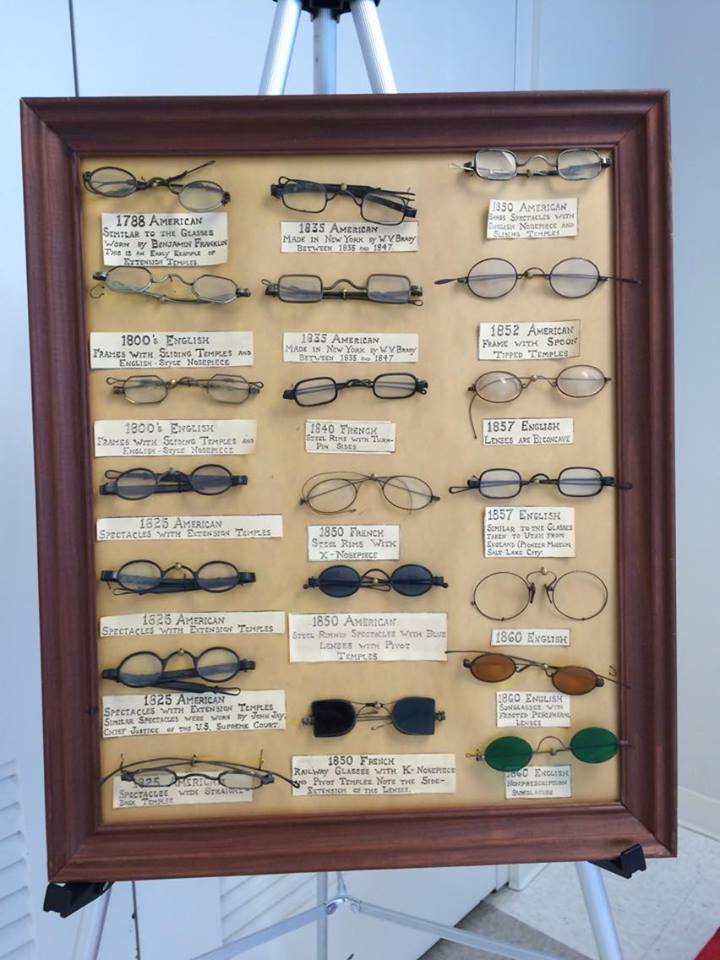 Italian monks were the first to craft semi-shaped ground lenses in the 13th century, which worked like magnifying glasses. To make the lenses, the monks used a type of quartz called beryl.
Italian monks were the first to craft semi-shaped ground lenses in the 13th century, which worked like magnifying glasses. To make the lenses, the monks used a type of quartz called beryl.
In the 13th century, glassworks in Murano, Italy was the only factory that had the ability to manufacture the soft glass essential to the manufacture of lenses. These glasses, called reading aids, had a convex ground lens. The edge was made from iron, horn or wood. In general, the first glasses were used exclusively as visual aids to enable far-sighted individuals to read.
Later, the first eyeglass frame temples were made by Spanish craftsmen in 1600s. They affixed ribbons of silk or strings to the frame and looped them over the user's ears. The new types of eyeglasses were brought to China by Spanish and Italian missionaries. Instead of making loops, the Chinese attached small metal weights to the strings.
The modern style of eyeglasses frame, which could be placed over the ears and nose, was invented in 1727 by British optician Edward Scarlett. These early eyeglasses had glass lenses set into heavy frames of wood, lead or copper. Natural materials of leather, bone and horn were later used for production of frames. In the early seventeenth century, lighter frames of steel were invented.
As eyeglasses continued to develop and the accuracy of prescriptions continued to improve, a trend started towards making glasses more fashionable. Frames could be made in different colors and styles to suit a person’s face.
Among improvements in appearance, improvements in the lenses were also made. American scientist, philosopher, and long-time Philadelphia resident, Benjamin Franklin is credited with the invention of bifocals, dividing his lenses for distant and near vision. These two lenses were held together in a metal frame.
Later on, Sir George Biddle Airy, an English astronomer and mathematician, invented glasses to correct astigmatism in 1827 which were meant to be held by hand. Later glasses were designed to be held in place by ribbon or by exerting pressure on the bridge of the nose, such as with pince-nez.
In the 1980s, plastic lenses were introduced, offering a more durable alternative to glass lenses. Ultimately, the eyeglasses we wear today are the result of centuries of improvement in both technology and knowledge.